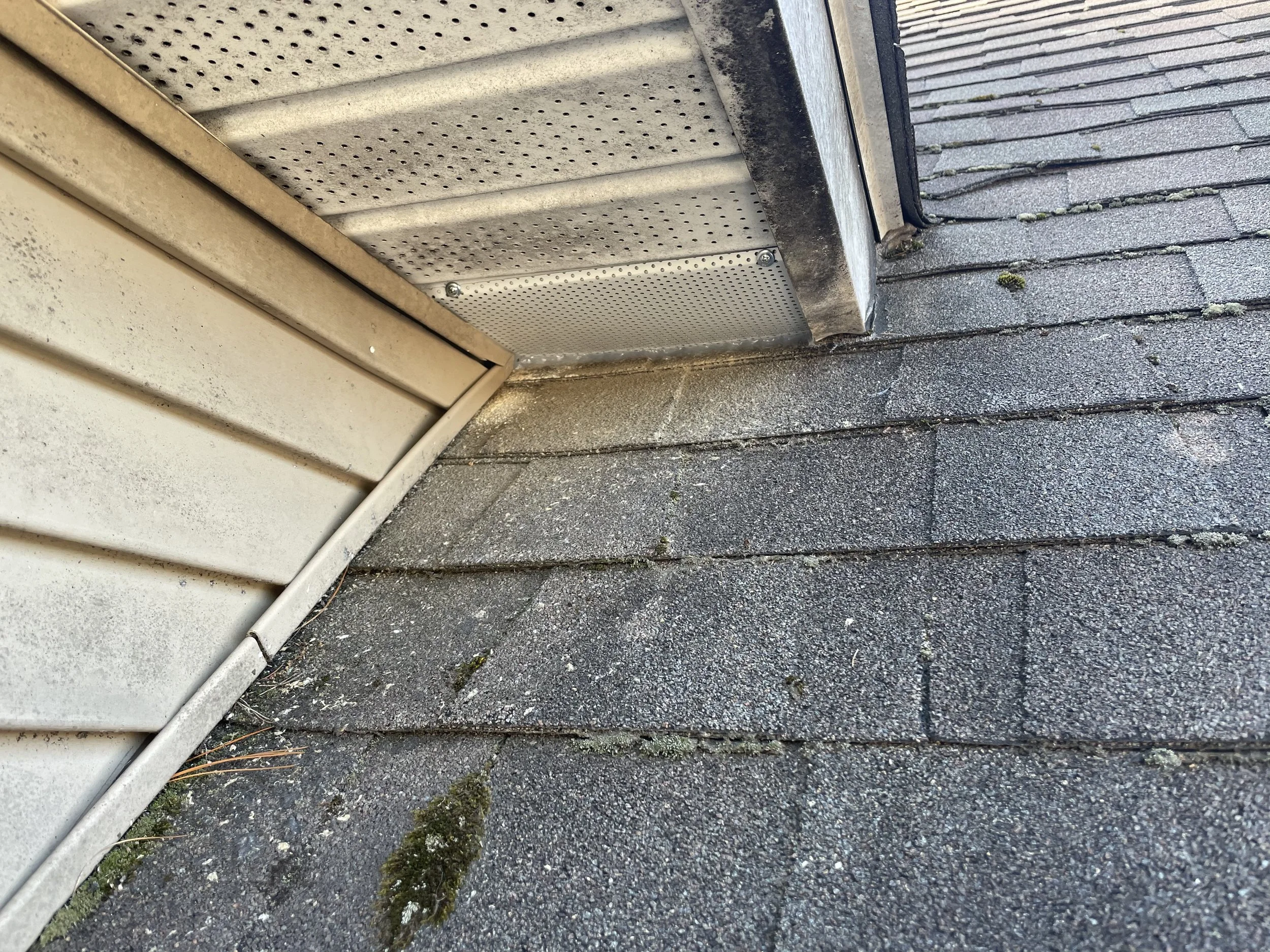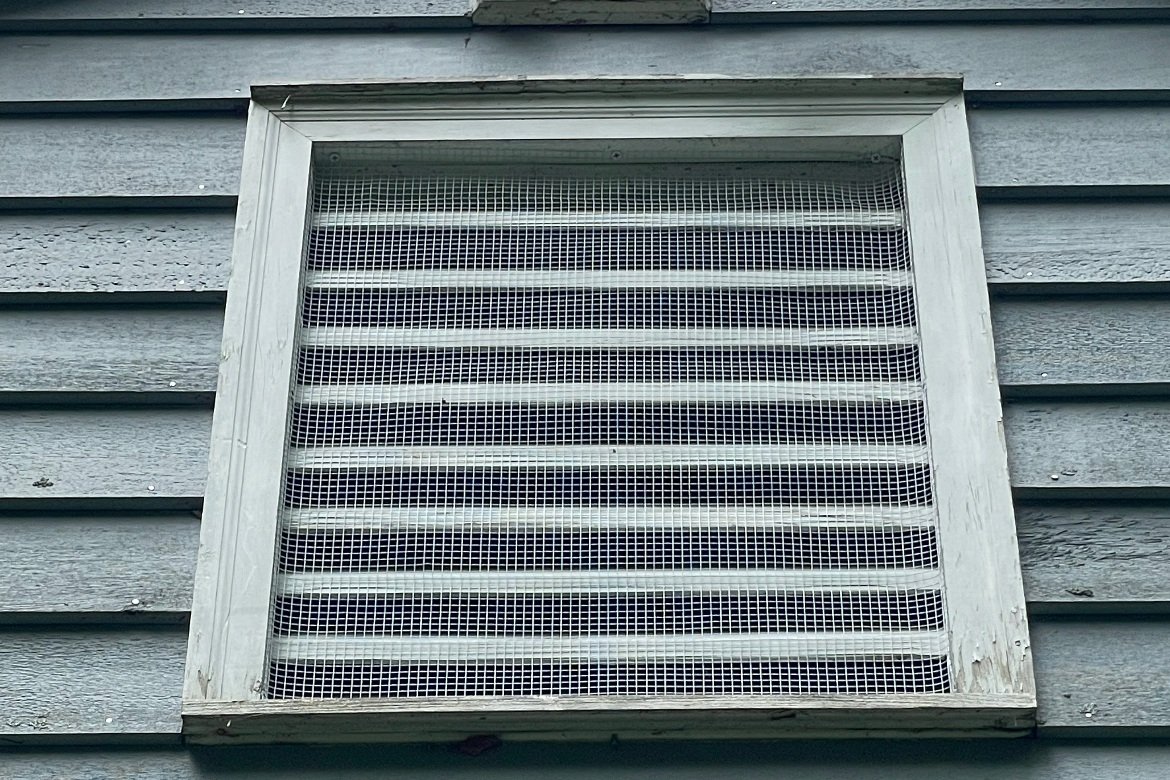Common Animal Entry Points
Dealing with wildlife entering structures involves thorough inspections of the building to see where they are entering. That is absolutely crucial in solving the problem. Simply trapping, using one way doors, or any other removal strategy is only going to hold up if you address how the animals were getting in immediately after. Animals leave scent trails behind that means once you remove the wildlife, even after sanitations, there are still traces of scents that indicate to others that at one time this was an area used by that species, and it will be investigated.
Our inspections typically show a lot of repetition. We deal with this day in and day out, but the average homeowners generally don’t know how easily accessible these locations can be for animals. Depending on what type of animal is the target species, some of these locations are more commonly used than others. These locations aren’t always caused by animals, either. Although squirrels, raccoons, and birds can work pretty hard to pry material away, chew through plastic, thin metal and wood, and poke at rotten wood, many times these are gaps that are left open. In the eyes of construction laborers they are “ok” for their purpose of keeping water out, but still should be done tighter.
Soffits/Fascia
Overall, the combination of soffit and fascia areas around a house are the most used locations that we see issues. Soffits (sometimes called eaves) are the overhanging edge of the roof that goes out past the siding, and is typically used to allow air flow from a low point, up through the attic, and out through ridge vents and gable vents that are up higher on the structure. Soffits that are meant for air movement typically have some sort of perforated material, the most common being white vinyl. These spots often stop short of the return to roof location (pictured here with a fixed return end) because water cannot work against gravity and get up into those areas, or get pulled down by animals. These areas are most commonly used by bats, squirrels, birds, and raccoons.
Often times fascia’s and soffits aren’t built for breathing, and you have full wood structure. These interconnect and at the roof return location, have large gaps. Even if gaps aren’t there to start, animals can feel trickles of air getting out and figure out these locations are hollow behind, and great for nesting.
Fascia locations are the boards along the edge of these soffits, but very similarly can be tight up against the siding, in which it is considered a rake board (very similar, just no soffit overhang). Either way, they go hand in hand with soffits as a vulnerable point. Wood homes especially deal with issues under the rake board, as it is very grippy and bats most often take advantage of this cozy space. They don’t always lead into the structure of the roof, and even if they don’t aren’t ideal for homing a colony of bats. As seen in the image, the constant rubbing between the wood and the rake board causes issues. You will often also see bat droppings stuck to the siding or piled up on the ground underneath.
Often you will have animals that chew into the fascia or take advantage of wood rot behind gutters (as seen in the image). These locations behind gutters are used most commonly by squirrels, birds, and raccoons. Bats don’t travel through the gutters much, they aren’t very nimble climbers. Fascia issues can be in any number of areas, including behind gutters, along the face of soffits without gutters, at the returns to the roof, stopping points into chimneys, etc.
Vents
There are multiple types of vents on any home. Heating and cooling of a structure depends on the correct ventilation in the right areas. We mentioned soffits before, which are technically a type of vent(usually), but here we want to mention three more. Gable vents, ridge vents, and roof vents. These are all located high on a structure, and are meant to let hot, rising air escape. During cool months, animals can feel the warmer air rising through these roof locations and take that as a sign to break in. All of these types of vents are used most commonly by squirrels, birds, raccoons, and bats. Often times multiple animals will share different vents on any given structure because they are so sought after. There are lots of proper, heavy duty vent covers for these types of locations from manufacturers of wildlife prevention products.
We always want to remind people that the animals HAVE to be removed or evicted before sealing up entry points. We get a lot of clean up calls after the fact when animals have been trapped inside after the owners attempted the work themselves, or had a friend do it. Sealing these vents with perforated material is great but it has to be done at the proper time, unless it is done just preventatively.
Chimneys
Lastly, chimneys are used by animals all the time. Whether it be an animal that fell down accidentally and cannot get out, or something like raccoons who can easily climb up and down them and go down to have a litter of young in spring. We often see clues such as scratch marks or fur stuck to the top of the chimney flu, which is helpful to us in identifying what animal we’re dealing with. Chimney caps have to follow proper state codes to meet exhaustion standards, whether it be for a fireplace, boiler, or furnace. Stainless steel is always the preferred material, as it withstands fumes that have different chemicals and is rust resistant.
There are plenty more locations where animals will get into homes, but these are some of the most common and often can be identified by the homeowner when paying enough attention.









